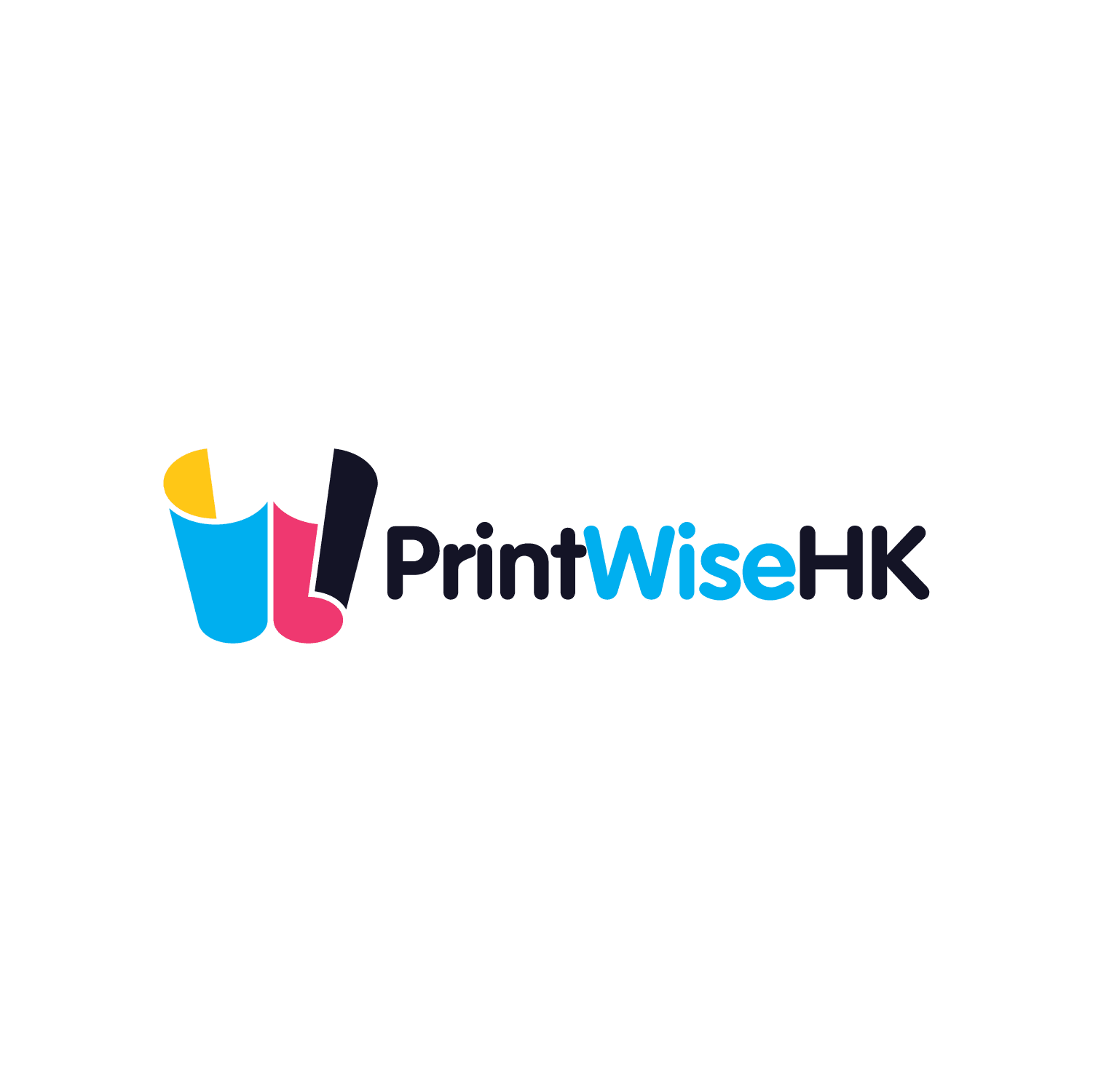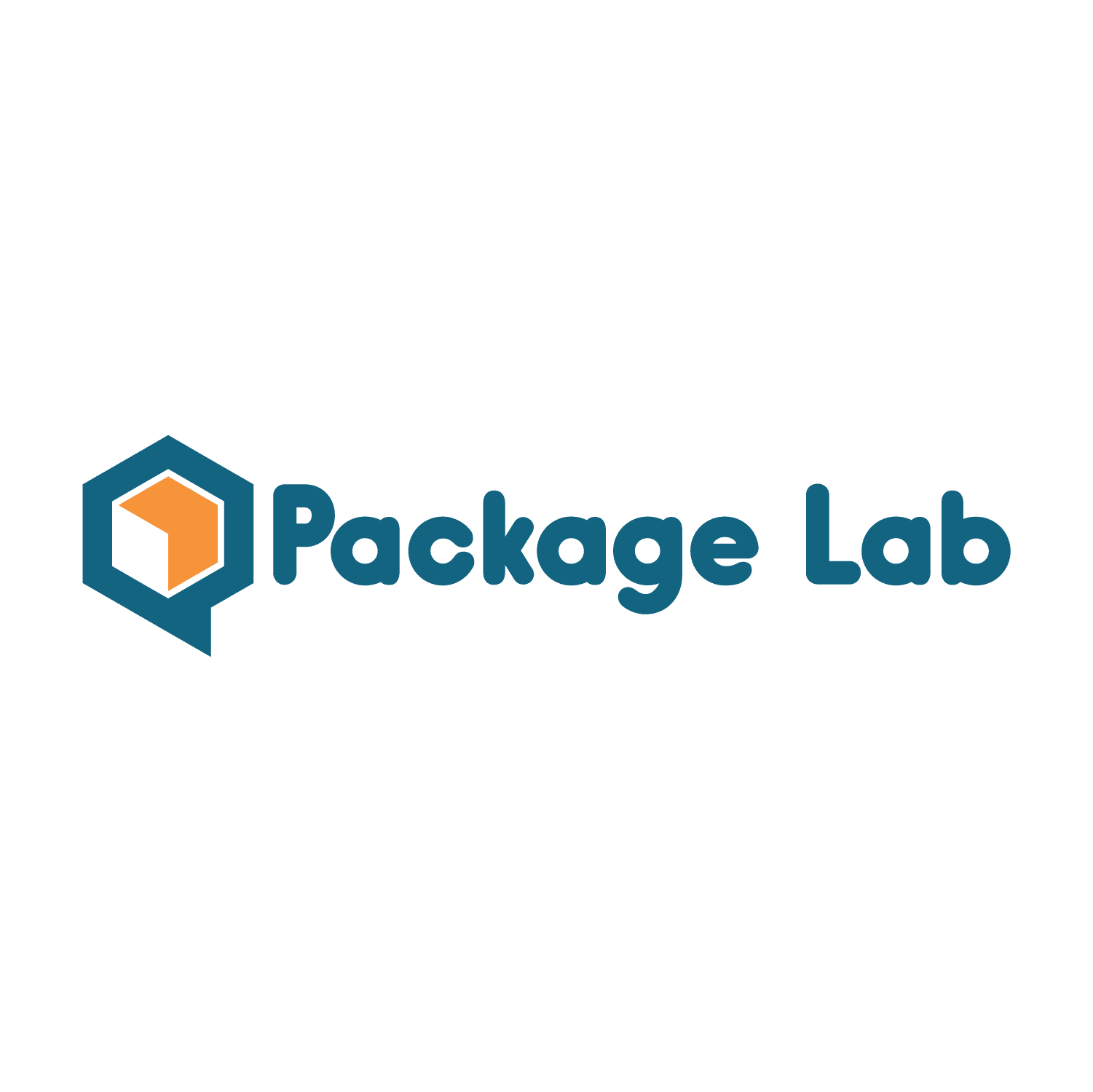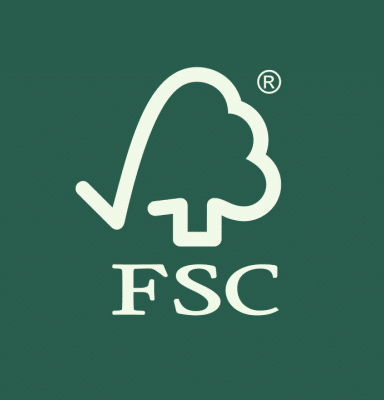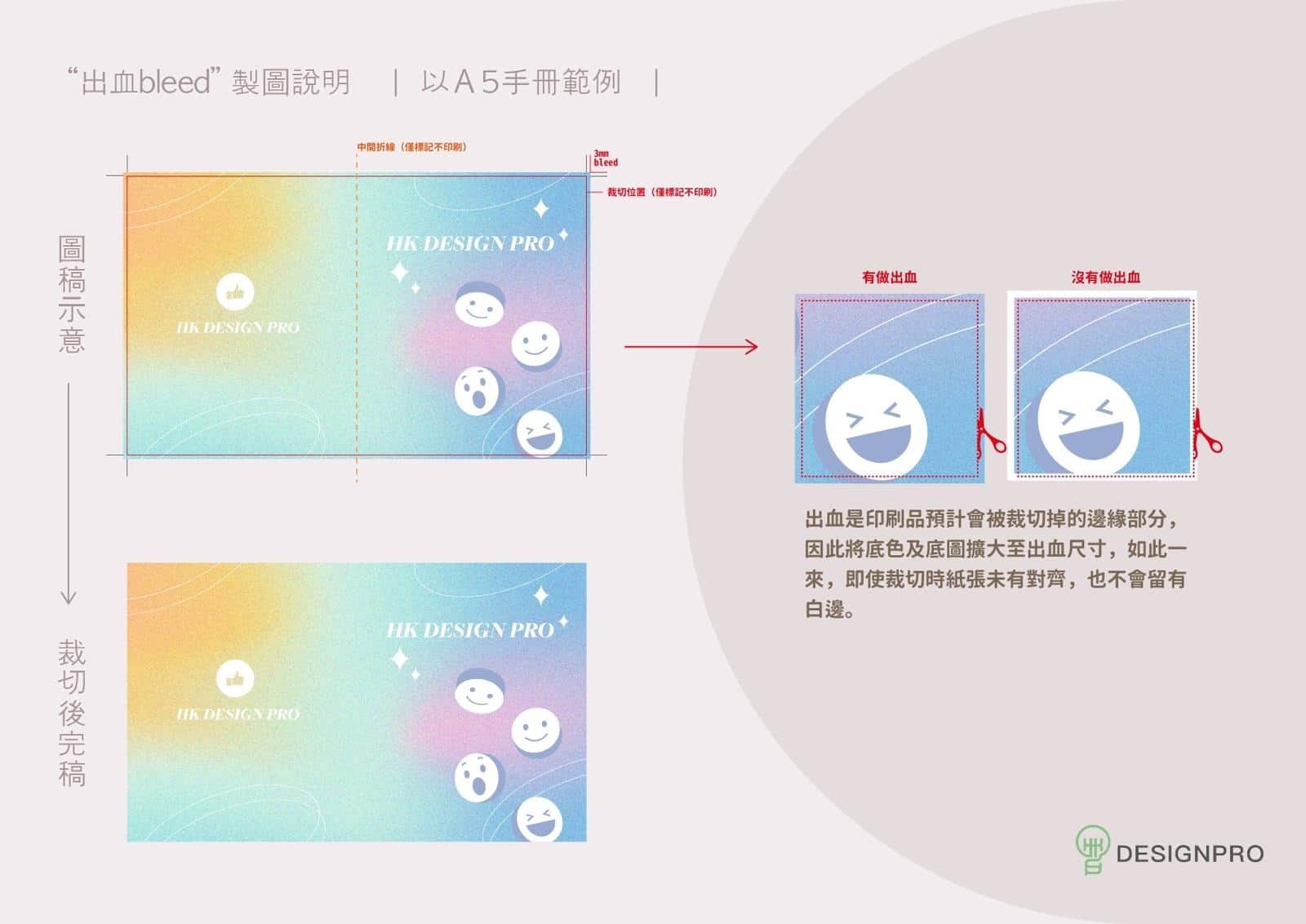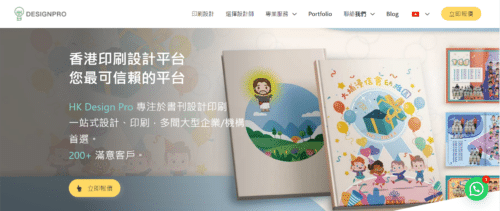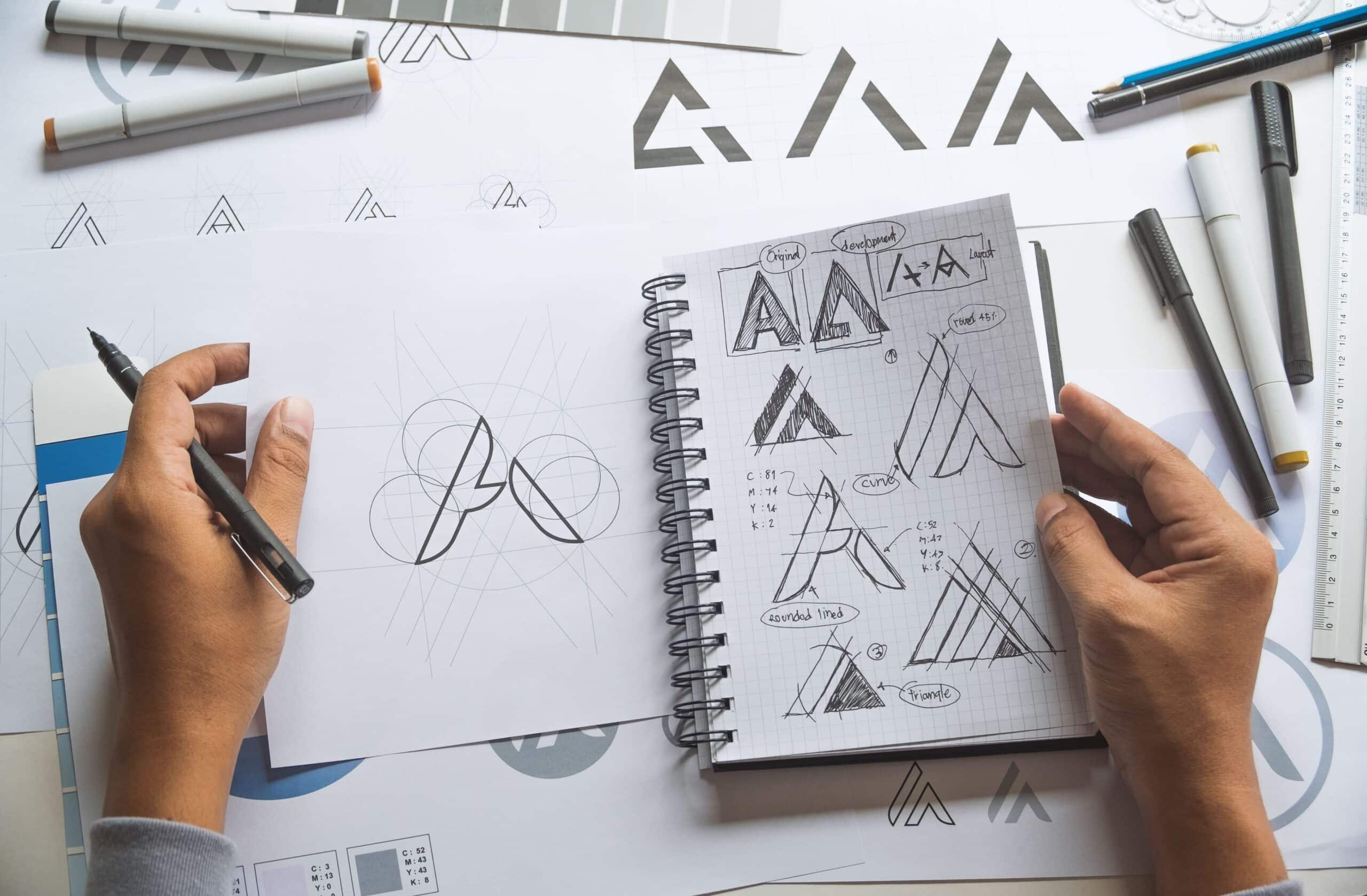Printing plays an indispensable role in modern business. Whether it is promotional materials, packaging or various business documents, they all need to go through a precise printing process. However, in this complex printing process, customers need to understand the importance of price and quotation to ensure that the printing project goes smoothly and meets expectations. This article will explore 5 questions you should ask about quotes and fees when printing to help customers better understand the printing process.
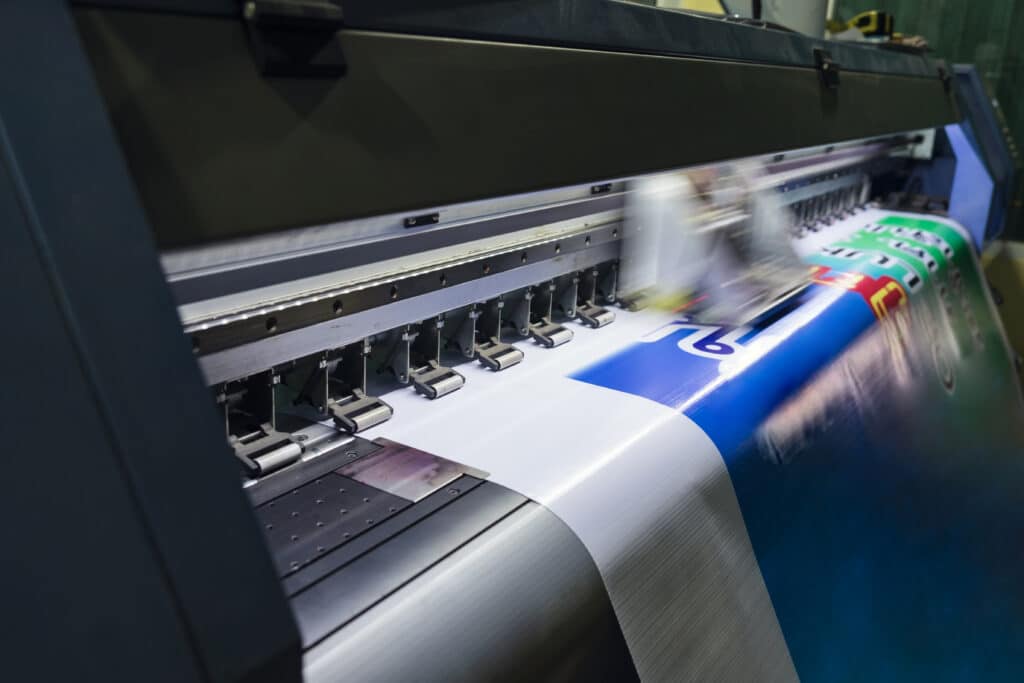
When printing, you should ask about the price differences of different printing methods.
First, we need to have a deeper understandingdifferent printing methodsprice difference between.Digital printing and traditional printing are the two main printing methods, each has unique characteristics and applicable scenarios.
digital printing
digital printingIt is a printing technology based on digital files being output directly to the printing press. This printing method eliminates the plate making process in traditional printing, making the printing process faster and adaptable to small batches and personalized production.
Plate making process: Digital printing does not require plate making. The printing machine can print directly based on digital files, which reduces the preliminary preparation time.
Color printing: Digital printing is more flexible in color printing and can achieve high-quality color printing effects.
Customized production: Adaptable to small batches and personalized production, and can achieve instant customization of printed matter according to customer needs.
advantage:
Fast production: Without the time of plate making, digital printing can achieve faster production.
Cost-Effectiveness: Suitable for small batch printing, reducing storage and inventory costs.
Color printing quality: Digital printing excels in color printing quality, delivering finer images and details.
shortcoming:
Cost is higher for high-volume printing: For high-volume printing, the cost of digital printing can be relatively high.
Restricted printing materials: Some digital printers may have restrictions on printing materials and cannot adapt to the printing needs of certain special materials.
traditional printing
Traditional printing refers to the printing method that uses a printing plate to transfer ink to printing media, mainly including offset printing, letterpress printing, gravure printing, etc. Traditional printing has a long history, mature technology, and is widely used in mass printing production.
difference:
Plate-making process: Traditional printing requires a plate-making process, including steps such as creating layout and ink coating.
Printing speed: For high-volume printing, traditional printing speeds are usually faster.
Printing material diversity: Able to adapt to a variety of printing materials, including paper of different thicknesses and textures.
advantage:
Costs are lower for high-volume printing: Traditional printing usually costs less when printing in high-volume quantities.
Diversity of printing materials: It can adapt to various printing materials and has greater flexibility.
shortcoming:
Long plate making time: The steps that require plate making will increase the early production time.
High cost of color printing: In some traditional printing methods, the cost of color printing may be relatively high.
Not suitable for small batch printing: It is not as suitable as digital printing for the needs of small batches and instant customization.
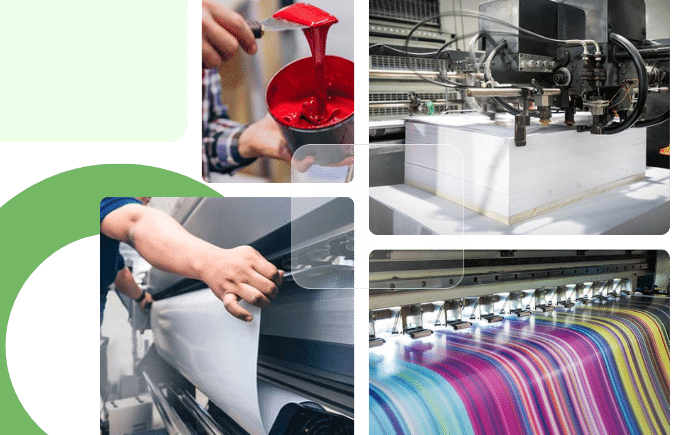
Understand the components of a quote
Printing paper plays an important carrier role in the printing industry. It not only affects the texture and appearance of printed matter, but is also directly related to the cost and effect of printing. Choosing the right printing paper is a critical step in ensuring the success of your printing project. This article will introduceThickness of printing paper and usage situationAs well as information related to printing prices to help readers make informed decisions on the choice of printing paper.
paper thickness
The thickness of printing paper is usually measured in grams (grams per square meter). Common printing paper thicknesses include 80g, 100g, 150g, 200g, etc. The choice of thickness directly affects the texture and solidity of the print.
Tissue paper (80g-120g): Thin paper is suitable for producing large amounts of documents, leaflets, etc. It is economical and lightweight, but is relatively thin and not suitable for producing prints that require higher quality.
Medium thick paper (120g-200g): Medium-thick paper is suitable for making business cards, brochures, brochures, etc. It has a certain texture while maintaining good printing effects.
Thick paper (200g and above): Thick paper is usually used to make greeting cards, covers, catalogs and other printed matter that require higher sturdiness and texture.
Usage scenarios
Printing papers of different thicknesses are suitable for different usage scenarios. When choosing printing paper, consider the type of print, its intended use, and its target audience.
Printing paper (80g-100g): It is suitable for daily printing of large quantities of documents, reports, leaflets, etc., and the cost is relatively low.
Brochures, brochures (120g-150g): Medium-thick paper is suitable for producing brochures, brochures and other printed materials that require a balance between quality and cost.
Business cards, greeting cards (200g and above): Thick paper is suitable for making business cards, greeting cards and other special-purpose printed materials, and can show better texture and sturdiness.
printing price
The choice of printing paper also directly affects the price of printing. Generally speaking, the thicker and better the texture of the paper, the higher the printing cost.
Tissue paper (80g-120g): The printing cost of thin paper is relatively low, making it suitable for high-volume printing projects and economical.
Medium thick paper (120g-200g): The printing price of medium-thick paper is between thin paper and thick paper. It is a relatively economical choice while pursuing quality.
Thick paper (200g and above): The printing cost of thick paper is relatively high, but it can present better texture and printing effect, and is suitable for special purposes and projects with high quality requirements.
Special requirements and additional fees for printing projects
Some printing projects may involveSpecial effects printing, color managementSpecial needs may result in additional charges. Special effect printing, such as hot stamping, embossed printing, etc., usually requires special printing technology and materials, which will increase production costs. Likewise, requirements for color management may also incur additional costs, as they require a higher level of skill and sophisticated equipment.
Customers should understand possible additional costs in advance when making special requests to avoid unnecessary financial pressure at a later stage.
Issues related to delivery and production progress
Finally, after determining the quotation and printing method, the customer should pay attention to issues related to delivery and production progress. Reasonable delivery deadlines and production schedules not only ensure that the printing project is completed on time, but may also affect the final cost.
Customers can ask about the printer's delivery guarantee and production schedule, and whether there are expedited services and early production options. While preproduction may incur additional costs, in some cases it may be an option worth considering, especially for time-sensitive projects.
Customers should understand in advance and proactively ask questions related to quotations and costs during printing projects. From the choice of printing method to the components of the quotation, to special requirements and additional fees, as well as delivery and production schedule, every link may affect the final printing cost and effect. By understanding these key issues, customers can engage in printing projects with greater confidence, ensuring that expected results are achieved and budgets are maintained. Therefore, we encourage customers to be proactive during the printing process and ask these 5 quotes and cost-related questions to ensure a smooth printing project.



